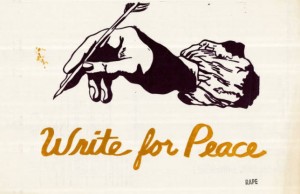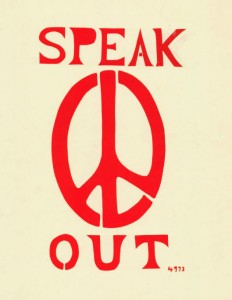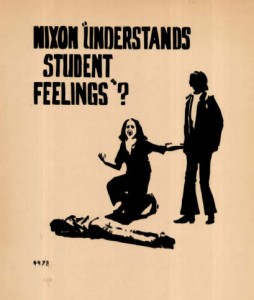Posters are meant to grab your undivided attention. The colors, the pictures, and the words are all arranged for maximum shock value. Few posters demonstrate the arresting perfection of the medium better than the eye-catching Berkeley 1968-1973 Poster Collection.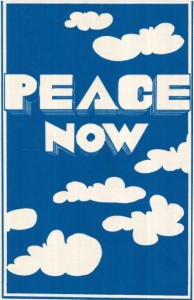
The 250 posters, from UBC’s Rare Books and Special Collections, are a small but insightful slice of history. In the decades leading up to the 1960-1970s posters were a means of state propaganda as well as popular protest. The art of the poster had evolved into an effective method of seizing the immediate attention of the passerby and requiring them to interact with an idea, thought or feeling.
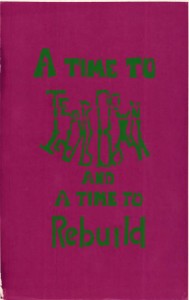
This poster could be a reference to the popular Byrds Song Turn! Turn! Turn! (To Everything There is a Season) released in 1965, which in and of itself was a reference to rereading of the of Ecclesiastes 3:3 from the Bible.
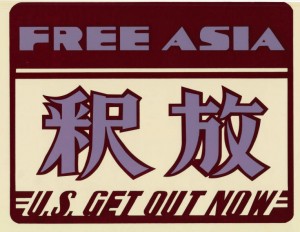
This poster likely is referring to the US using Japan islands as a base for their operations in the Vietnam War. The Japanese text on the poster translates to “release”
By 1970 sharing thoughts and feelings were the name of the game. The US President Nixon had declared that US forces would enter Cambodia, something that expanded the already controversial Vietnam War.
Student opposition to this was widespread, and many student leaders called for a national student strike against the war. Their student activism significant part of a worldwide movement at that time, and the posters in this collection were an outgrowth of that activism. Some of the posters have acronyms for the student groups that produced them, like 4973 and RAPE.
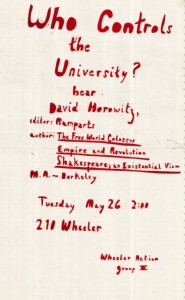
Students often clashed with University and government officials during these years over what the University represented.
Many of the posters themselves were posters were produced on found material- from computer paper such as used continuous form paper, poster, or cardboard paper.
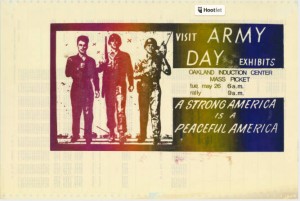
Take a close look at this poster – you can see the printed ink bleeding through from the back, as well as the dot-matrix line prints on the edges of the poster.
Check out the rest of the colorful collection! Get some peace and love into your soul- for free!
